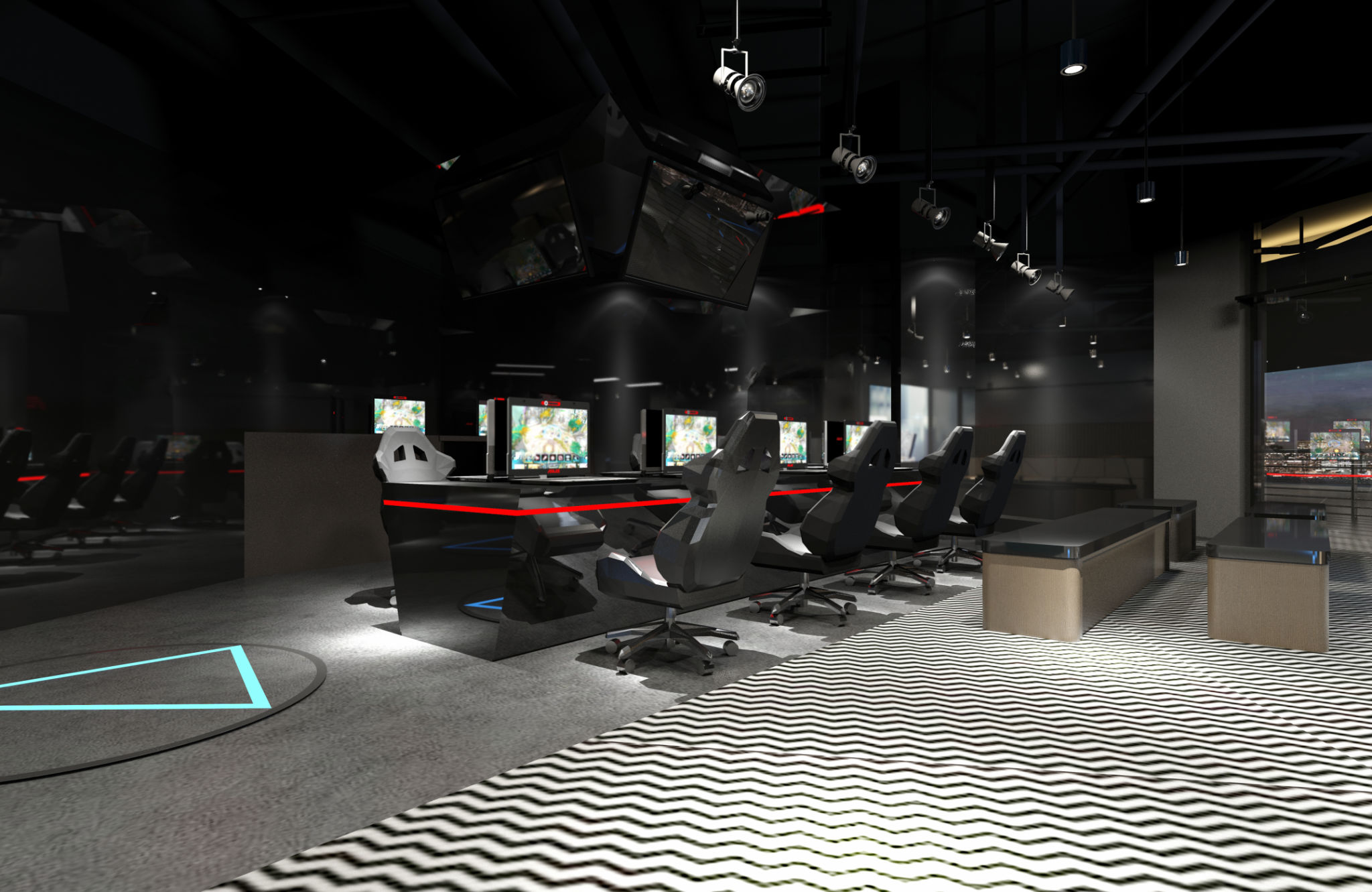The Evolution of Cyber Cafes: From Internet Access to Gaming Hubs
The Dawn of Cyber Cafes
In the early 1990s, the world witnessed the birth of cyber cafes, which quickly became a hub for internet access. With the internet still in its infancy and home connections costly or unavailable, these cafes offered people a space to access the web, check emails, and explore the digital world. Cyber cafes were often bustling with activity as curious individuals and tech enthusiasts gathered to connect with others online.

The Rise of the Internet
As technology advanced, the demand for internet access grew exponentially. Cyber cafes became increasingly popular, providing a vital service in areas where high-speed internet was not yet accessible. These cafes were more than just places to surf the web; they became social hubs where people from different backgrounds could meet, share information, and learn about the rapidly changing digital landscape.
During this period, many cyber cafes also started to offer food and beverages, transforming into multifunctional spaces where patrons could relax and enjoy a cup of coffee while browsing the internet. This evolution helped foster a sense of community among users who frequented these establishments.
Transition into Gaming Centers
As gaming technology evolved, so too did the role of cyber cafes. They began to embrace this shift by providing high-performance computers and a selection of popular games. Gamers flocked to these cafes to experience multiplayer gaming in a social setting, which was often more exciting than playing alone at home.

The Emergence of eSports
With the rise of eSports, cyber cafes found a new purpose as competitive gaming arenas. They became venues for local tournaments and practice sessions, attracting both amateur and professional players. These events not only boosted the popularity of cyber cafes but also established them as key players in the burgeoning eSports industry.
The transition from simple internet access points to gaming hubs marked a significant shift in the business model of cyber cafes. They began to invest in state-of-the-art equipment and comfortable gaming setups to cater to their evolving clientele, creating an immersive experience for gamers.
The Modern Cyber Cafe Experience
Today, cyber cafes have fully embraced their role as gaming centers, offering patrons an array of services beyond just internet access. Modern cafes provide high-speed internet, powerful gaming PCs, and consoles, along with comfortable seating and ambient lighting. Many have also incorporated virtual reality stations and high-definition displays to enhance the gaming experience further.

Community and Social Interaction
Despite evolving technology and changing consumer habits, cyber cafes remain relevant due to their ability to foster community and social interaction. Gamers often visit these spaces not just to play but also to meet like-minded individuals, share strategies, and partake in group activities. This sense of camaraderie is something that cannot be easily replicated at home.
As cyber cafes continue to adapt to new trends and technologies, they maintain their status as essential hubs for both gaming enthusiasts and those seeking a social digital experience. By constantly innovating and expanding their offerings, these establishments ensure they remain a vital part of the digital landscape.